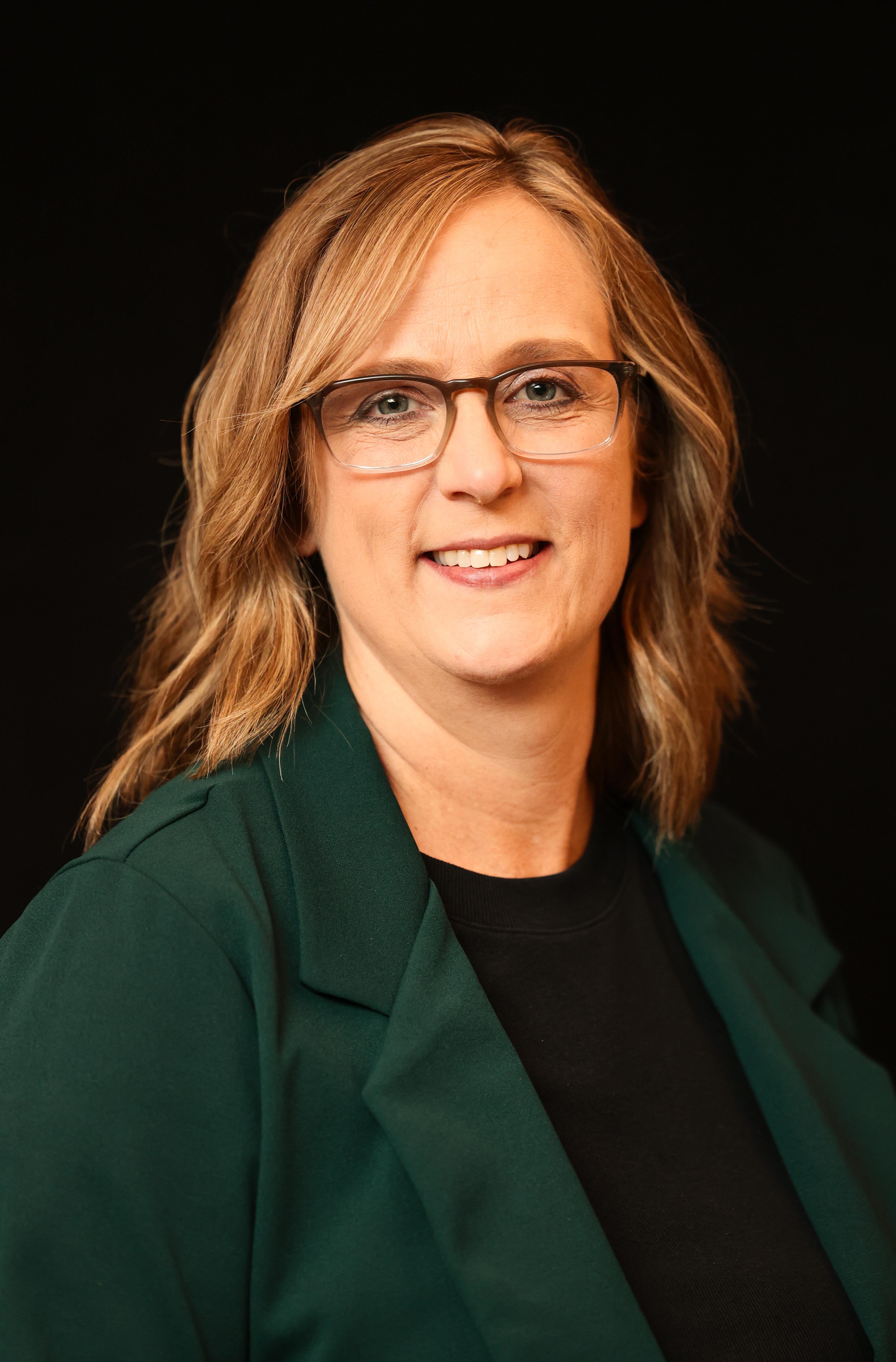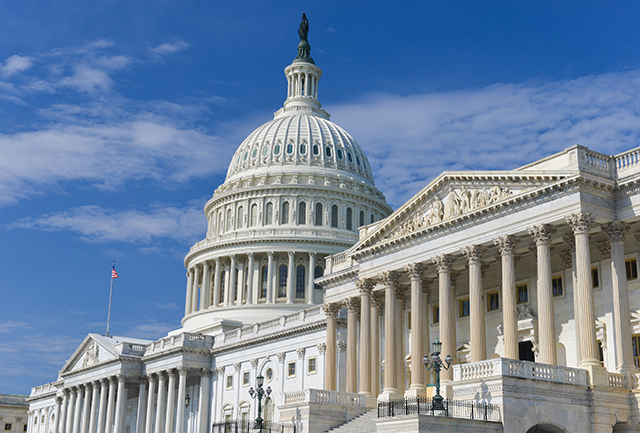As child care providers prepare for young learners to return to their classrooms, it’s important that they add an emergency plan to their program. It’s unfortunate that we have to think about dangerous situations—natural disasters, fires, bomb threats and dangerous intruders—but it’s necessary to have a plan in place. Through effective preparation, CCR&Rs can help providers prevent, prepare for, respond to, and recover from emergency situations.
Do the child care providers you work with have emergency plans? We hope they do, but if not, here are some critical first steps.
Why Have an Emergency Plan?
According to the UCSF California Child Care Health Program, emergency plans can help:
- Reduce injury, loss, and destruction in the event of an emergency or disaster;
- Keep children and staff healthy and safe until they can be reunited with their families;
- Provide child care services as soon as possible following an emergency or disaster, and;
- Support the recovery process for children, families, and staff.
In a 2016 national survey, conducted by the National Center for Disaster Preparedness at Columbia University’s Earth Institute, it was reported that more than one-third of American households with children (35 percent) are not familiar with their child’s school evacuation and emergency plans, and an even higher number (41 percent) do not know where their children would be evacuated to during a disaster.
Critical Questions to Ask (and Answer) Before School Starts
Share these questions with the providers in your region. Are they able to answer each? If not, you may want to sit down with them and help them create an emergency preparedness plan.- What plan is currently in place to safely evacuate children, especially if the school is no longer a safe place to be?
- Do the children know/understand what to do in the case of an emergency?
- Where can parents typically expect to find their children in the event of an emergency (predetermined site nearby and alternate back-up site)?
- How will parents be notified that an evacuation has taken place, and how will they learn about next steps for picking up their children from the school or the evacuation site?
What’s Next?
Below are Child Care Aware® of America's free webinars that can share with child care providers to help them prepare for emergencies. We encourage you to watch on your own and discuss them with the child care programs in your region:
- Let's Get Ready - Planning Together for Emergencies
- Child Care Emergency Supply Kits - What to Pack and Where It's At
- Keeping Kids Safe - The Basics of Active Shooter Response for Child Care Programs





